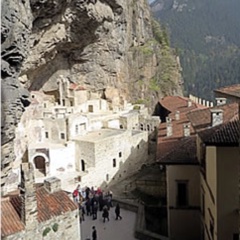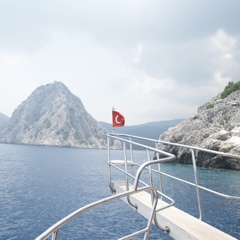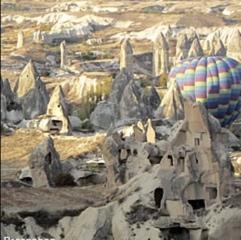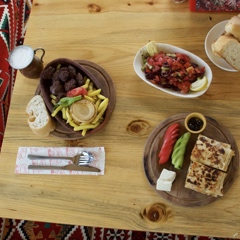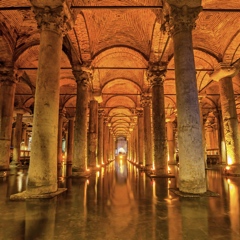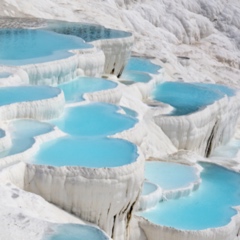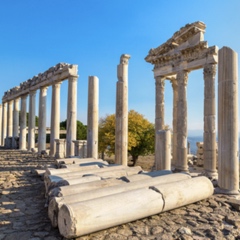Hittite Ceramics
Hittite ceramics were produced by the Hittite civilization in ancient Anatolia in modern-day Turkey and Syria. The original works of the Hittites were made to convey meaning to a population of people in which the majority were illiterate.
Many original and traditional Hittite pieces focus on depicting their deities and ritual practices, as well as representational animal forms. Due to a lack of inscription and movement of many original works, the era of many pieces is hard to identify.
The Hittite people incorporated ideas from previous civilizations that they gained control of, often mocking their indigenous artworks. This included depictions of animals such as deer, lions, bulls, and large birds.
During the 1000s, the primary work of the Hittites was created using carved ivories, baked clay, and small seals. Many of the original works are kept in museums around the world.
Ottoman Ceramics
During the Ottoman rule of the 16th century, Ottoman ceramics reached a new level. Originally, Ottoman ceramics were colored primarily with shades of blue and white. Today, the majority of Ottoman works still have blue and white, while also including additional colors.
During this period of major success of Ottoman ceramics, Iznik workshops began adding a twist to the traditional art. Iznik ceramic artists began applying glaze to accentuate the designs and color scale of traditional art concepts.
When Ottoman ceramics were developing, they abandoned the regional culture and practices of the Seljuk Turks along with their styling and geometrical designs and focused more on shapes resembling leaves and plants. These new, abstract designs made Ottoman ceramics what they are today.
Modern Ceramics
Modern Turkish ceramics are designed to feature similar designs and colors as original works. Still, they are created by skilled artists who mimic styles and cultural attributes by hand. Most of the ceramic pieces available for purchase are modern creations of traditional work. It is important to note that many mimicked works found elsewhere are not actual Turkish ceramics, simply copies.



